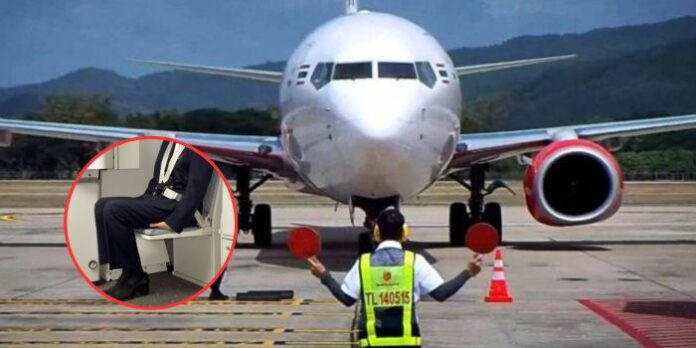|
Getting your Trinity Audio player ready...
|
Ever wondered why flight attendants sit on their hands during takeoff and landing?
Well, the position is known as the “brace position” and is part of the training the aircrew undergoes before being given the green light to serve in any airline.
Every time an aircraft is taking off or landing, the crew sits upright with the seat belt strapped across the chest while the feet are planted on the ground and the hands tucked below the upper thighs.
According to Simple Flying, a website on aviation matters, the brace position keeps the body in a rigid pose to prevent injury in case of an emergency.
Even though the main reason for sitting on their hands is to brace against impact, flight attendants are required to take the position every time they are in the jump seat due to the higher chance of being thrown during takeoff and landing.
Amount of money flight attendants earn after travelling the world for free
While the position varies from airline to airline for several reasons, as some face forward and others face backward in their jumpseats, the hand technique remains consistent.
“The brace position for cabin crew varies by airline but typically involves a rigid pose with back and neck against the jump seat, knees and feet together, and hands on knees or under thighs,” Simple Flying states.
“In the event of a sudden change of direction or movement, this could be essential for passenger safety. Furthermore, as cabin crew members act as leaders during emergency situations, it is essential for them to maintain the seating position that will be most likely to prevent injury,” it adds.
The crew also place their head a certain way for takeoff and landing. This however depends on the jump seat position and location, and the aircraft type.








